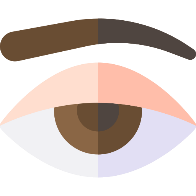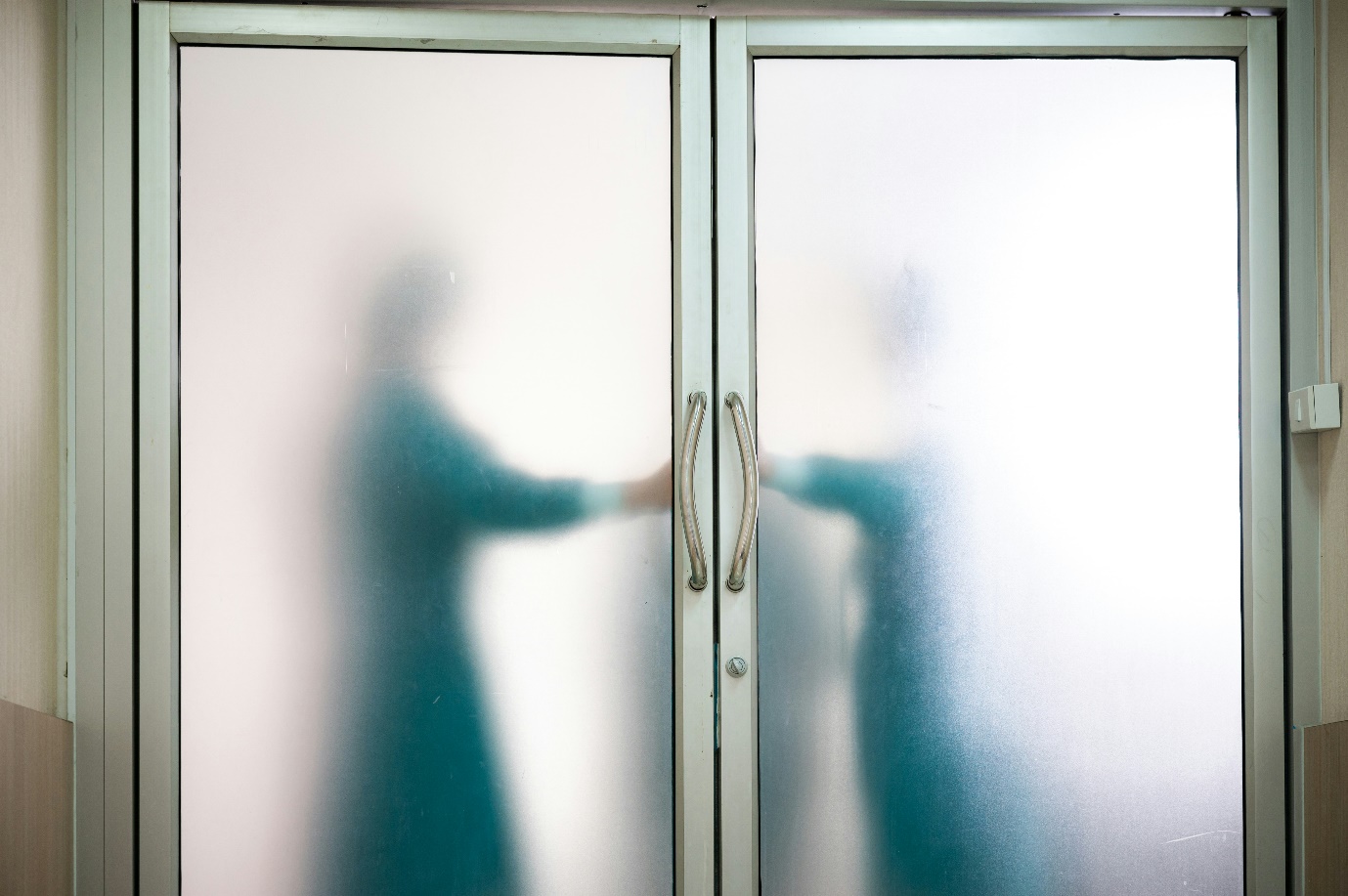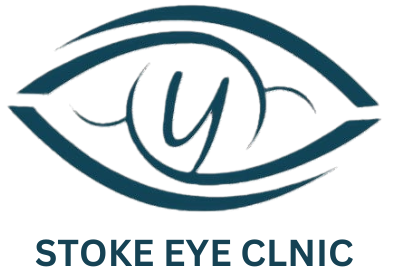Droopy Eyelids
- Home
- Droopy Eyelids
What are droopy eyelids?

Symptoms
Reduced field of vision
Eye strain
Headache
What causes a droopy eyelids?

Congenital
Present from birth, this form of ptosis occurs when the muscle responsible for lifting the eyelid develops improperly.

Acquired
Develops later in life due to factors such as aging, injury, or medical conditions affecting the muscles or nerves of the eyelid.

Excess Skin
Caused by the skin of the upper eyelid stretching and sagging over time, often due to natural aging or significant weight loss.

Pseudoptosis
Appears as droopy eyelids but is typically caused by other factors such as asymmetry in the eyelid position, brow position, or issues within the eye itself that affect eyelid appearance.
Droopy Eyelid Treatment
What are the risks?
Risks associated with ptosis surgery include:
Infection
Asymmetry
Undercorrection or Overcorrection
Scarring
Changes in Eyelid Function
Dry Eye
Vision Changes

4 Tips to Improving Success
Achieve better outcomes with expert surgeons, advanced procedures, and a commitment to quality care. Our focus on precision, efficiency, and timely surgeries ensures your vision restoration is in trusted hands.
The Surgeon
The expertise of your eye surgeon is crucial for the success of ptosis surgery. I am a consultant eye surgeon with extensive experience in eyelid procedures, ensuring a meticulous and safe surgical experience. You can trust that your procedure will be performed with precision, aiming for the best possible outcome.
The Procedure
Ptosis surgery is generally very safe and is performed on an outpatient basis. The surgery involves adjustments to the muscles or tendons that lift the eyelid, done under local anesthesia. I will guide you through the entire process, explaining each step in a clear and straightforward manner to ensure your comfort and understanding.
Quality Surgery
Achieving optimal results in one go is crucial. As a Consultant Ophthalmic Surgeon with specialized expertise in eyelid surgeries, I am committed to delivering the highest quality care and achieving the best possible vision and aesthetic outcomes for you.
Prompt Treatment
For ptosis, addressing the condition promptly when symptoms affect your vision or quality of life is essential. I ensure a swift process from your initial consultation to the surgical correction, often scheduling your procedure within a short time frame to restore your eyelid function and appearance effectively.
Droopy Eyelids FAQs
What is ptosis surgery?
What is blepharoplasty?
Are there risks associated with ptosis and blepharoplasty surgery?
What can I expect immediately after the surgery?
Will I have visible scars?
How long will the results last?
When can I return to work and normal activities?
What are the signs of complications I should watch for?
How do I manage swelling and bruising?
When will I need to return for a follow-up visit?
Your first follow-up visit is typically scheduled within two weeks after surgery to ensure proper healing. Subsequent visits may be scheduled over the next several months to monitor progress.
What should I avoid during recovery?
How long will it take for the incisions to heal?
Can I wear makeup after my surgery?
You should avoid applying makeup around the eye area for at least two weeks after surgery to prevent infection and allow the incisions to heal properly.
When can I wear contact lenses again?
It’s best to wait until your eye doctor confirms it is safe to resume wearing contact lenses, typically a few weeks after surgery, once the swelling has subsided and the area has healed sufficiently.
- info@bramptonmedical.co.uk
- 01782 614174
- 36 Hanover St, Newcastle-under-Lyme, Newcastle ST5 1AU
- Clayton Rd, Newcastle-under-Lyme, Newcastle ST5 4DB
- © 2024. All rights reserved
- Terms & Conditions
- Where I work
- Brampton Medical
- Designed & Developed by احمد

